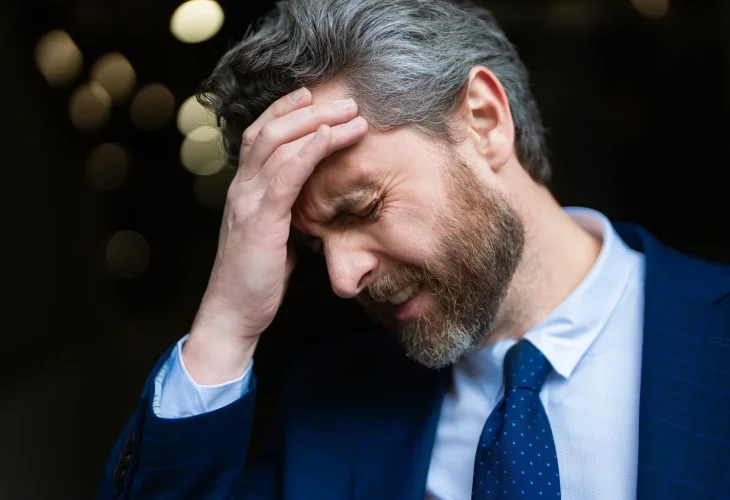Health and Nutrition
What Causes Pain at the Top of the Head? Common Headache Types and When to Worry
Explore the possible causes of headaches, how to recognize warning signs, and the best ways to find relief
 (Photo: shutterstock)
(Photo: shutterstock)Headaches can stem from many different causes, and pinpointing the exact source isn’t always easy. Everyone experiences headaches differently, in both location and intensity. Pain specifically at the top of the head can be linked to various conditions, and accompanying symptoms can often provide helpful clues.
According to a review by WebMD, one of the most common causes of pain at the crown of the head is a tension headache. This type often spreads to the forehead, temples, or the back of the neck and may feel like a tight band or a snug hat. Tension headaches are frequently caused by muscle strain, often from prolonged screen time, poor posture, or emotional stress. Relief may come from a hot shower, light exercise, or meditation.
Other Possible Causes of Top-of-Head Pain:
1. Migraines
Migraines can also involve pain at the top of the head. Typically, the pain is throbbing and worsens with movement, and may be accompanied by sensitivity to light and sound, nausea, or even vomiting. Triggers include hormonal changes, stress, sleep deprivation, and certain foods like chocolate, aged cheeses, or caffeine. Resting in a quiet, dark room, staying hydrated, or taking a small dose of caffeine may help ease the symptoms.
2. Cluster Headaches
These headaches usually present on one side of the head, often behind the eye, but can radiate to the top of the head. Triggers may include smoking, alcohol, or sleep disorders.
3. Hypnic Headaches (Nighttime Headaches)
A rarer form, these headaches occur during sleep and can wake people up at night. They're more common in individuals over the age of 40. Surprisingly, low doses of caffeine or certain medications can help manage them.
4. Dehydration Headaches
A very common and easily preventable cause. Not drinking enough water can lead to headaches, including pain at the crown. Staying hydrated and maintaining a balanced diet can help avoid this type.
When to See a Doctor
If your headaches become frequent, intense, or long-lasting, it’s important to seek medical advice. Red flag symptoms such as confusion, high fever, or difficulty speaking may signal a serious medical condition that requires immediate attention.
Recurring or severe head pain — especially at the top — shouldn’t be ignored. Understanding the different types and triggers can help you manage or even prevent future episodes.

